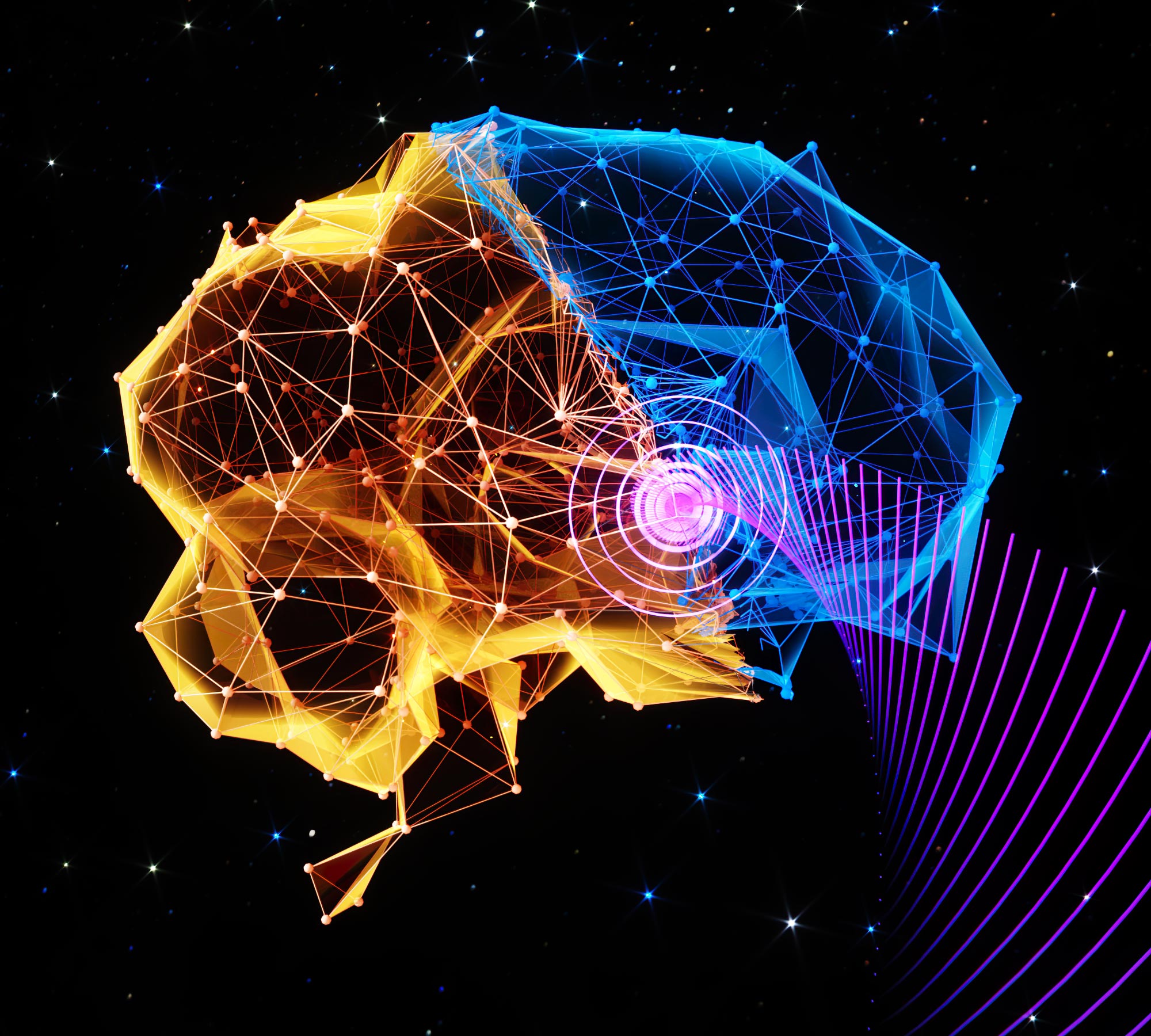De

Uma equipe multidisciplinar liderada pelo professor associado Hong Chen, da Washington University em St. Louis, desenvolveu um novo método não invasivo para induzir um estado de sonolência em mamíferos, visando o sistema nervoso central com ultrassom. A técnica, que envolve a estimulação da área pré-óptica do hipotálamo no cérebro, demonstrou efetivamente diminuir a temperatura corporal e a taxa metabólica em camundongos, levando a um estado de torpor, um mecanismo natural que alguns animais usam para sobreviver a condições extremas. Crédito da foto: Imagem cortesia de Chen Laboratory, Washington University em St. Louis
De acordo com um estudo em St. Louis, cientistas da Washington University em St. Louis desenvolveram um método para induzir um estado de sonolência em mamíferos usando estimulação cerebral por ultrassom metabolismo natural. A técnica não invasiva poderia ser usada em cenários como voos espaciais ou em pacientes com problemas graves de saúde para economizar energia e calor.
Alguns mamíferos e pássaros têm uma maneira inteligente de conservar energia e calor entrando em torpor. Ao fazer isso, a temperatura corporal e o metabolismo caem para sobreviver a condições ambientais potencialmente mortais, como frio extremo ou falta de comida. Embora um estado semelhante tenha sido proposto na década de 1960 para cientistas que conduzem voos espaciais ou para pacientes com problemas de saúde com risco de vida, alcançar tal estado com segurança ainda é difícil de alcançar.
Hong Chen, professor associado da Washington University, em St. Além do rato, que congela naturalmente, Chen e sua equipe induziram um rato a congelar, o que não é o caso. Suas descobertas foram publicadas na revista em 25 de maio. metabolismo naturaldemonstram o primeiro método não invasivo e seguro para induzir um estado de sonolência visando o sistema nervoso central.
A equipe de Chen usou o ultrassom para induzir de forma segura e não invasiva um estado de sonolência em camundongos e ratos. Créditos da imagem: Vídeo cortesia do Chen Laboratory, Washington University em St. Louis
Chen, professora associada de engenharia biomédica na McKelvey School of Engineering e de radiação oncológica na School of Medicine, e sua equipe, incluindo Yaoheng (Mack) Yang, um pesquisador de pós-doutorado, desenvolveram um transdutor de ultrassom vestível para estimular neurônios no cérebro área pré-opticamente do hipotálamo. Quando estimulados, os camundongos experimentaram uma queda na temperatura corporal de cerca de 3 graus[{” attribute=””>Celsius for about one hour. In addition, the mice’s metabolism showed a change from using both carbohydrates and fat for energy to only fat, a key feature of torpor, and their heart rates fell by about 47%, all while at room temperature.
The team also found that as the acoustic pressure and duration of the ultrasound increased, so did the depth of the lower body temperature and slower metabolism, known as ultrasound-induced hypothermia and hypometabolism (UIH).
“We developed an automatic closed-loop feedback controller to achieve long-duration and stable ultrasound-induced hypothermia and hypometabolism by controlling of the ultrasound output,” Chen said. “The closed-loop feedback controller set the desired body temperature to be lower than 34 C, which was previously reported as critical for natural torpor in mice. This feedback-controlled UIH kept the mouse body temperature at 32.95 C for about 24 hours and recovered to normal temperature after ultrasound was off.”
To learn how ultrasound-induced hypothermia and hypometabolism is activated, the team studied the dynamics of the activity of neurons in the hypothalamus preoptic area in response to ultrasound. They observed a consistent increase in neuronal activity in response to each ultrasound pulse, which aligned with the changes in body temperature in the mice.
“These findings revealed that UIH was evoked by ultrasound activation of hypothalamus preoptic area neurons,” Yang said. “Our finding that transcranial stimulation of the hypothalamus preoptic area was sufficient to induce UIH revealed the critical role of this area in orchestrating a torpor-like state in mice.”
Chen and her team also wanted to find the molecule that allowed these neurons to activate with ultrasound. Through genetic sequencing, they found that ultrasound activated the TRPM2 ion channel in the hypothalamus preoptic area neurons. In a variety of experiments, they showed that TRPM2 is an ultrasound-sensitive ion channel and contributed to the induction of UIH.
In the rat, which does not naturally go into torpor or hibernation, the team delivered ultrasound to the hypothalamus preoptic area and found a decrease in skin temperature, particularly in the brown adipose tissue region, as well as about a 1 degree C drop in core body temperature, resembling natural torpor.
This multidisciplinary team consists of Jonathan R. Brestoff, MD, PhD, an assistant professor of pathology and immunology at the School of Medicine; Alexxai V. Kravitz, an associate professor of psychiatry, of anesthesiology and of neuroscience at the School of Medicine, and Jianmin Cui, a professor of biomedical engineering at the McKelvey School of Engineering, all at Washington University in St. Louis. The team also includes Michael R. Bruchas, a professor of anesthesiology and of pharmacology at the University of Washington.
“UIH has the potential to address the long sought-after goal of achieving noninvasive and safe induction of the torpor-like state, which has been pursued by the scientific community at least since the 1960s,” Chen said. “Ultrasound stimulation possesses a unique capability to noninvasively reach deep brain regions with high spatial and temporal precision in animal and human brains.”
Reference: “Induction of a torpor-like hypothermic and hypometabolic state in rodents by ultrasound” by Yaoheng Yang, Jinyun Yuan, Rachael L. Field, Dezhuang Ye, Zhongtao Hu, Kevin Xu, Lu Xu, Yan Gong, Yimei Yue, Alexxai V. Kravitz, Michael R. Bruchas, Jianmin Cui, Jonathan R. Brestoff and Hong Chen, 25 May 2023, Nature Metabolism.
DOI: 10.1038/s42255-023-00804-z
This work was supported by the National Institutes of Health (R01MH116981, UG3MH126861, R01EB027223, and R01EB030102). JRB is supported by NIH (DP5 OD028125) and Burroughs Wellcome Fund (CAMS #1019648).
